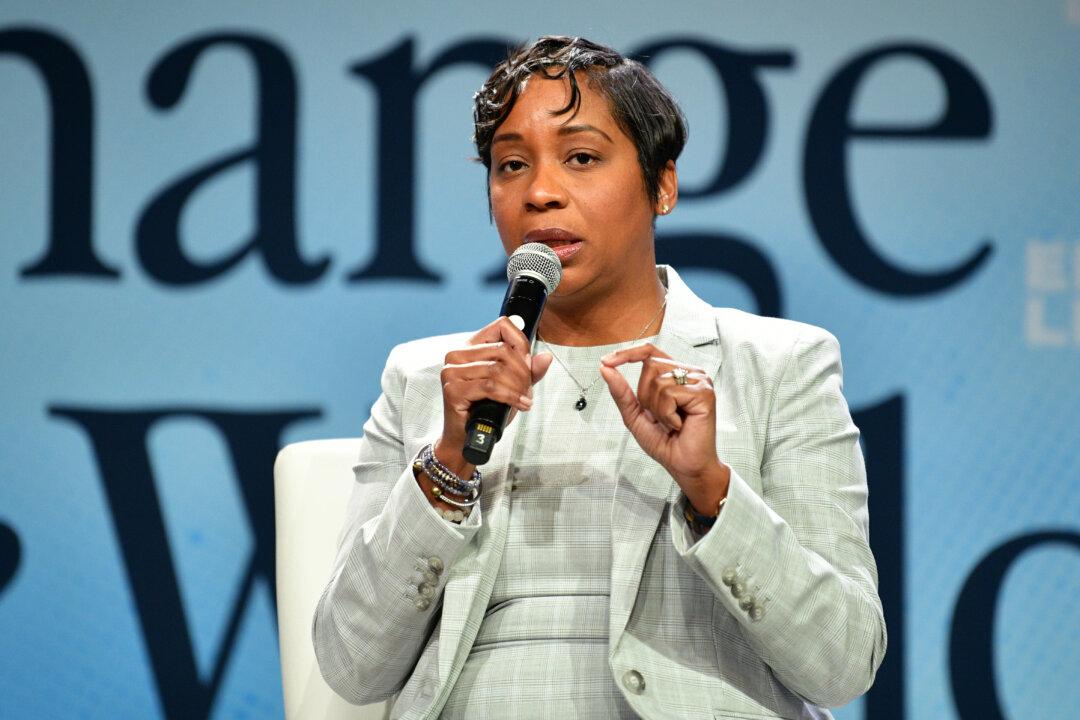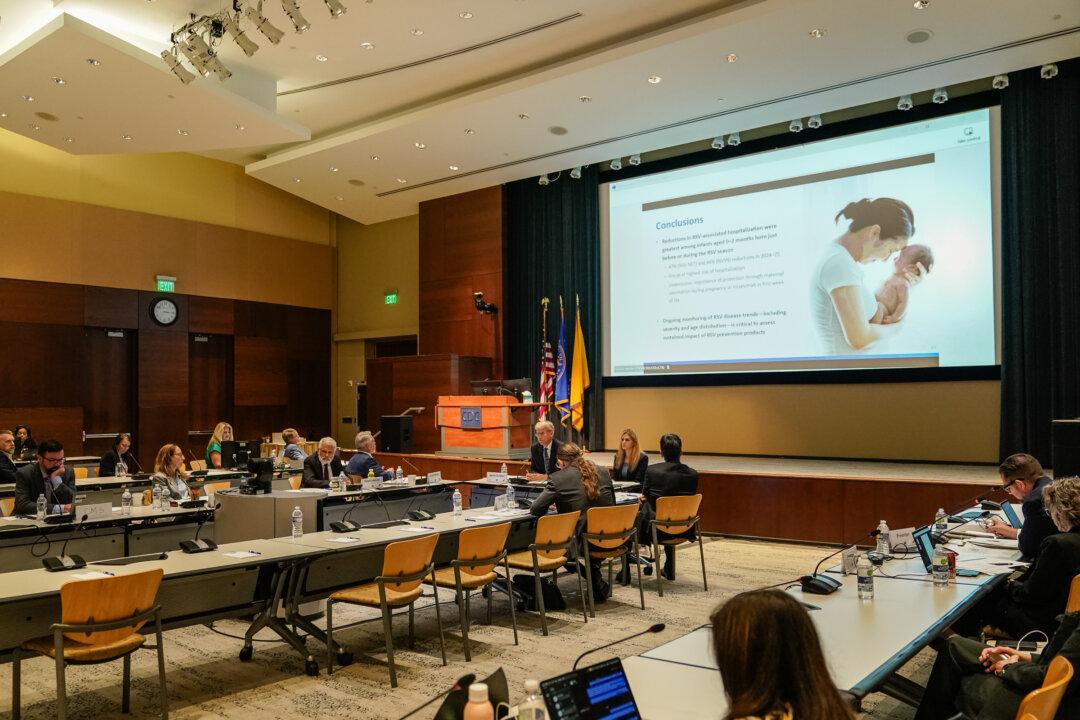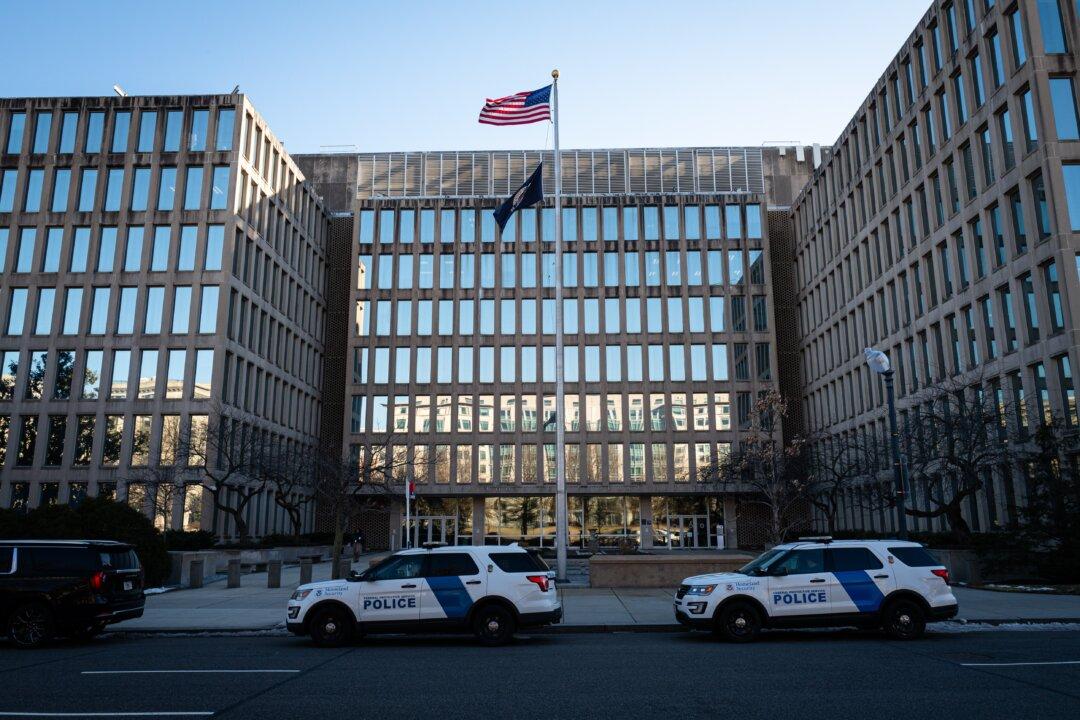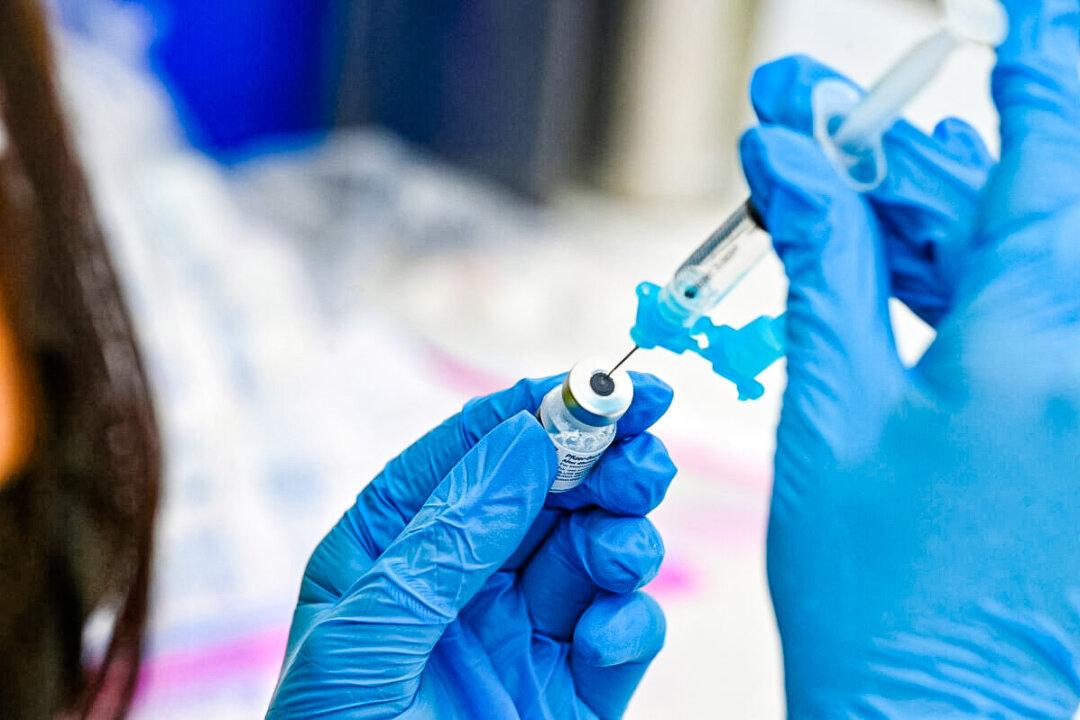If the Yellowstone supervolcano happened then nearby cities such as Billings, Casper, and Salt Lake City could see Missoula, several feet of ash and debris.
Billings is in the most danger, with researchers now saying that over 4 and-a-half feet of ash and debris would likely get dumped on the city if a large eruption were to take place.
Other cities nearby, including Boise, Rapid City, Cheyenne, and Denver would see at least several inches of ash and as much as 11 inches, the U.S. Geological Survey said in a new study.
Researchers at the Survey used improved computer models to project the potential distribution of ash, publishing different maps that show how winds differ each season as well as taking into account the difference in ashfall depending on the amount of time an eruption lasts.
“It’s a crazy thing to think about because none of us have ever seen an eruption like Yellowstone,” Larry Mastin, the lead author of the study and a USGS hydrologist who helped develop the Ash3D model, told the Billings Gazette.
“It would be two or three orders of magnitude more ash than we’ve been able to observe.”

This map from the U.S. Geological Service shows the range of the volcanic ash that was deposited after the biggest of the Yellowstone National Park eruptions, three of which have taken place in the past 2.1 million years.
The study, published in Geochemistry, Geophysics, and Geosystems, includes illustrations of month-long, week-long, and 3-day eruptions across all the seasons.
Although many scientists believe that an eruption at the caldera will not happen anytime soon, three massive eruptions have happened at the caldera over the past 2.1 million years, with the last coming about 650,000 years ago.
If an eruption does happen then scientists say that it would last for many months, possibly even years, and would have a huge impact on the entire United States and even on the whole world.
And if volcanism begins again, it’s expected to be in the northeast side of Yellowstone National Park.
Volcanism refers to the eruption of molten rock (magma) onto the surface of a planet, according to the Lunar and Planetary Institute. This can mean an eruption through the “vent” of the volcano but can also refer to when magma is pushed through hydrothermal vents such as geysers and hot springs.
“Eventually if we have volcanism beginning again, I would predict we'll have it in the northeast side of Yellowstone because that’s where the shallowest magma is at Mirror Plateau,” Dr. Robert Smith said recently.





